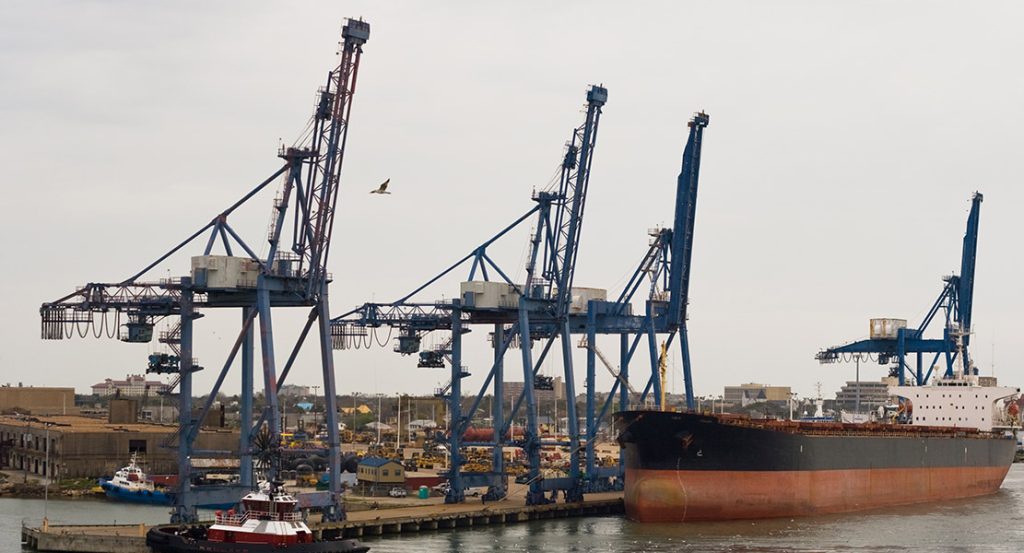HSBC predicts that if dockworkers on the U.S. East and Gulf Coast strike on October 1, it could impact 15% or 4.6 million TEUs of the global container fleet and 54% of U.S. container imports. The International Longshoremen’s Association (ILA) plans to strike unless a new agreement is reached with the U.S. Maritime Alliance (USMX) by September 30. USMX said “the ILA continues to strongly signal that they have already made the decision to strike.”
The National Retail Federation (NRF) raised its U.S container import forecasts for September. HSBC says this front-loading indicates shipments from Asia have peaked and will decline, possibly driving down spot rates unless a strike happens.
If the strike occurs, bottlenecks and delays of 4-6 weeks could follow, warns Maersk. Some shipping companies are reported to have begun rerouting cargo to the West Coast, but this could overwhelm port infrastructure. “… imports from Europe and LatAm would likely be stranded as the Atlantic side ports in Canada and Mexican ports are less equipped to handle the spillover,” writes HSBC.
HSBC expects containerized freight rates to increase if the strike happens, with continued pressure leading up to the Chinese Lunar New Year in late January. The global container fleet, already stretched due to Red Sea disruptions, could face fresh capacity issues if the strike occurs, leading to container shortages and rate spikes.
Source: ShippingWatch

